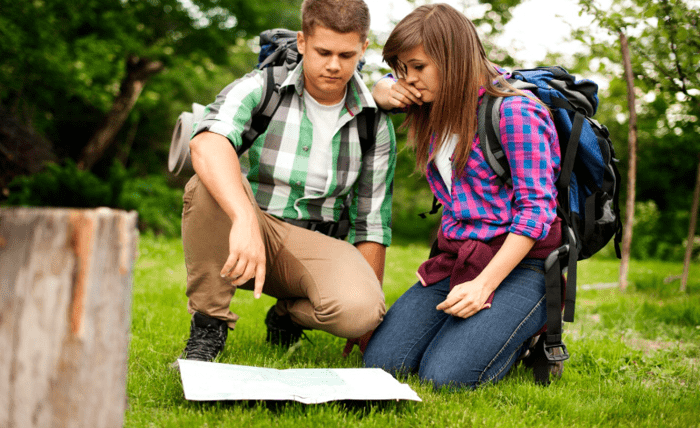
Camping or hiking in the backcountry can be an enjoyable experience. If you like exploring nature and challenging yourself to live with limited supplies in the great outdoors, then this is the perfect situation. However, staying safe during this type of excursion depends on the level of skill you have.
There are numerous different skills that an individual must learn before heading out into the backcountry. Some of the key skills are water procurement and purification, fire building, and navigation. These skills have been explained in detail below.
Water Procurement and Purification
Depending on the length of your excursion, you might not be able to carry enough clean water to see you through. This is why you must learn about water procurement and purification. Natural water sources, even those that appear pristine, can be contaminated with harmful microorganisms from animal and human waste. These pathogens are invisible to the naked eye and can lead to severe gastrointestinal infections and other health issues.
If you get sick in the backcountry, this situation quickly turns into a life-threatening emergency. Intense diarrhea and vomiting results in dehydration, so being able to find and clear water must be prioritized. This skill will directly impact your health, performance, and safety in the great outdoors.
Before your trip, you must learn about water procurement where you will be camping. There are several ways to do that. Water sources, such as creeks, lakes, and rivers, should be identified using a map, or it may be beneficial to speak with park or forest rangers. Individuals with experience in the field can provide the most up-to-date information on water source reliability and quality.
Similarly, understanding backcountry water purification is essential ahead of time. While some people will choose to use portable filters to remove bacteria and protozoa, this method will not eliminate viruses. Instead, you might purchase iodine tablets to kill most pathogens, although this requires a waiting time of between 30 minutes and four hours. However, the most reliable method is to boil the water on a fire or camping stove.
Fire Building
Camping or hiking in the backcountry means you will be without your usual heat sources, and this means building a fire is a necessity. Fire is a fundamental survival tool, allowing for water purification, cooking, and providing warmth. In an emergency situation, fire also serves as a signaling device, so knowing how to build a fire in the great outdoors could be the difference between life and death.
Thankfully, learning to build a fire can be started at home. Of course, it must be completed in a controlled environment, like a backyard fire pit. Collecting the right firewood, such as small twigs as kindling and larger fuel wood, is a good first step. This will also teach you to pack tinder, including cotton balls soaked in Vaseline, can be useful to get the fire started. The fire triangle of fuel, oxygen, and heat must be understood to start and sustain the fire.
It is vital to practice extinguishing techniques, too. Water can be used during this stage, and it must be stirred until the ashes are cold. You should be sure to research the backcountry-specific practices you need to follow. This includes checking fire bans, gathering local wood, and using established fire rings when required.
Navigation
Even if you have a reliable GPS system, it is crucial that you have some level of navigation skills. Unfortunately, modern technology can fail, so having traditional map and compass skills provides a backup. It is a good idea to avoid relying on technology and develop the right skills, as a useful skill won’t require a power source and won’t be susceptible to signal loss.
Learning how to navigate in the wilderness is best practiced at home and in a familiar area. Foundational knowledge will include understanding topographic maps, learning your tools, and planning your route. Then, in a familiar area like a local park, you can begin comparing the features around you with the contour lines and symbols on your map. You should stop every five to ten minutes to verify your location on the map.
As your skills develop, you can gradually increase the difficulty of your trails.
To conclude, going out into the backcountry requires a specific skillset, and these skills can be learned with the right preparations. Thankfully, this post has outlined three of the most valuable skills for your planning.




